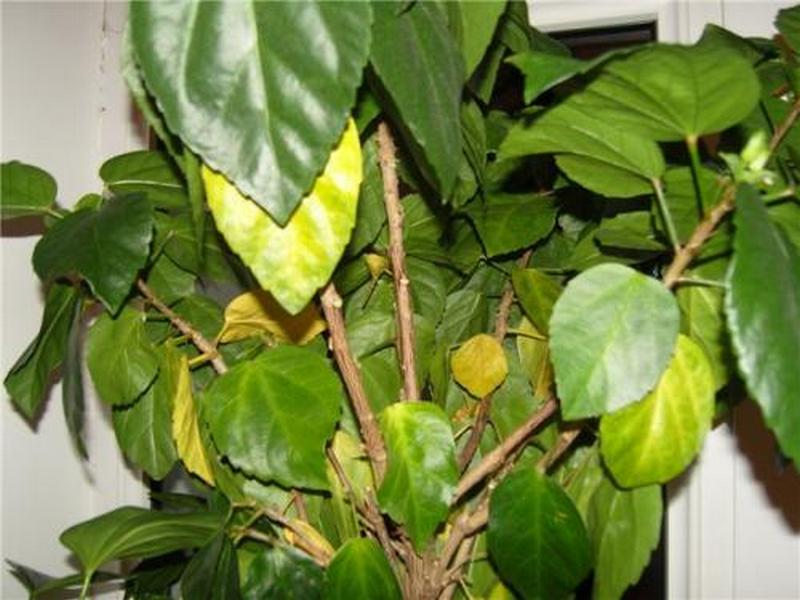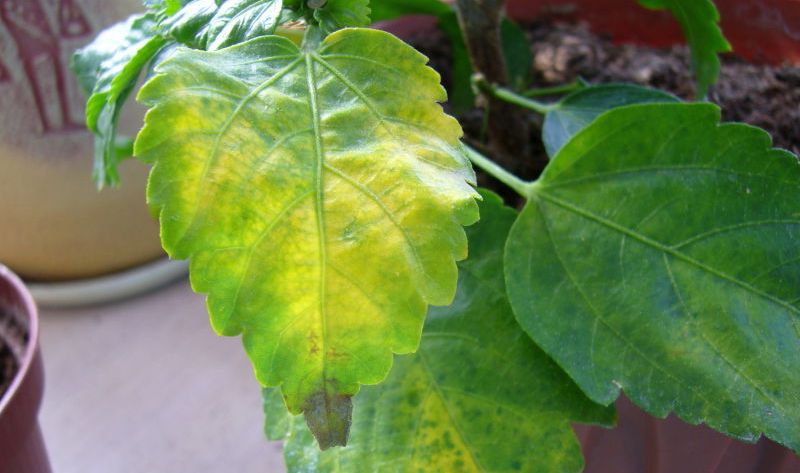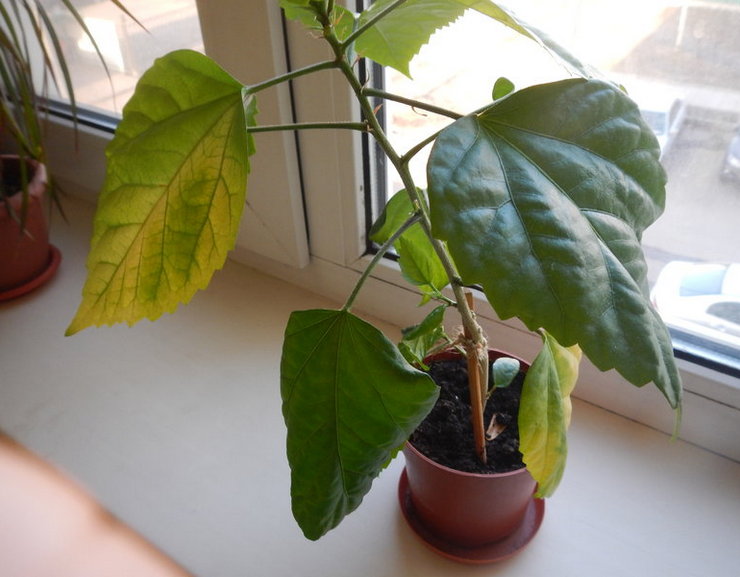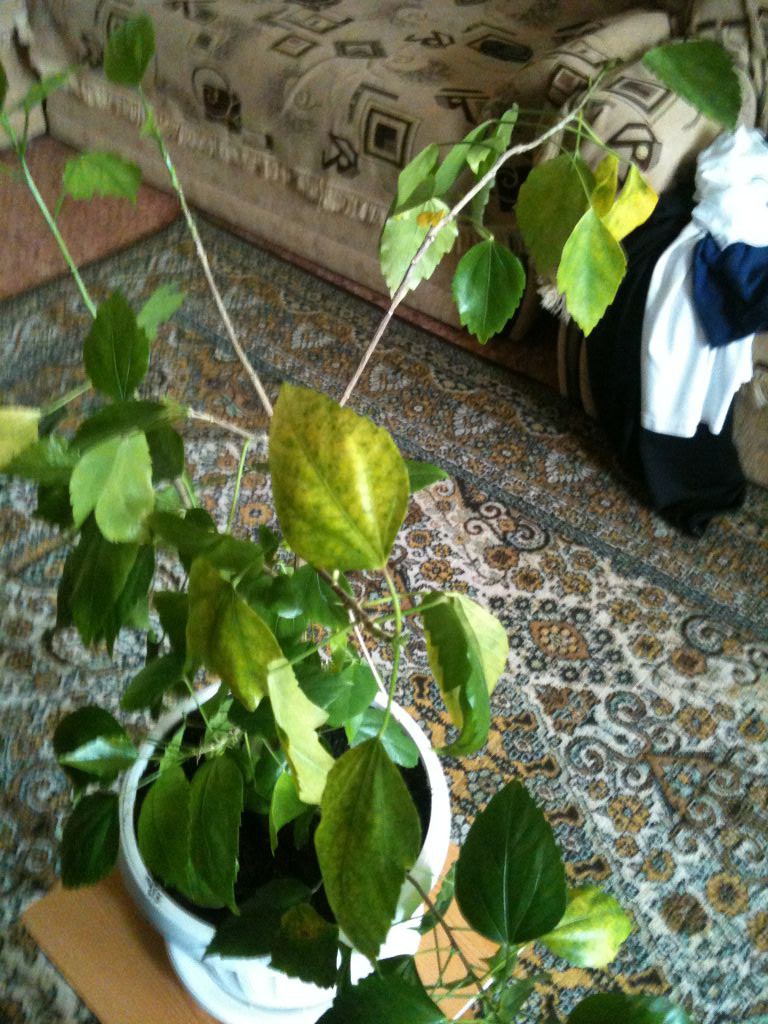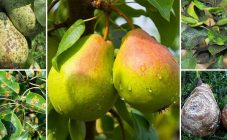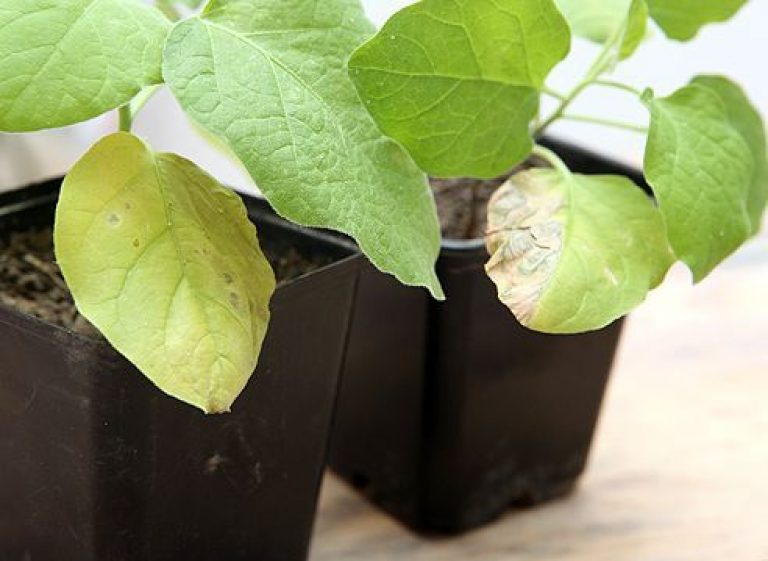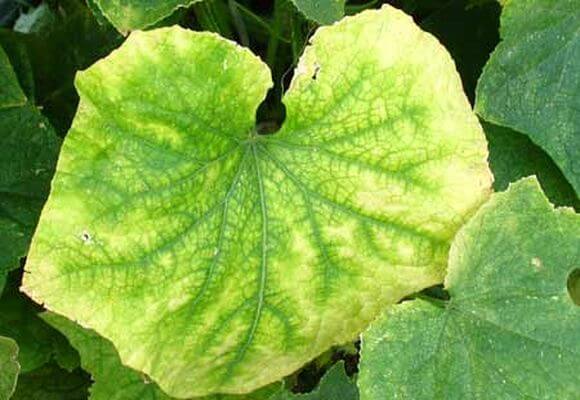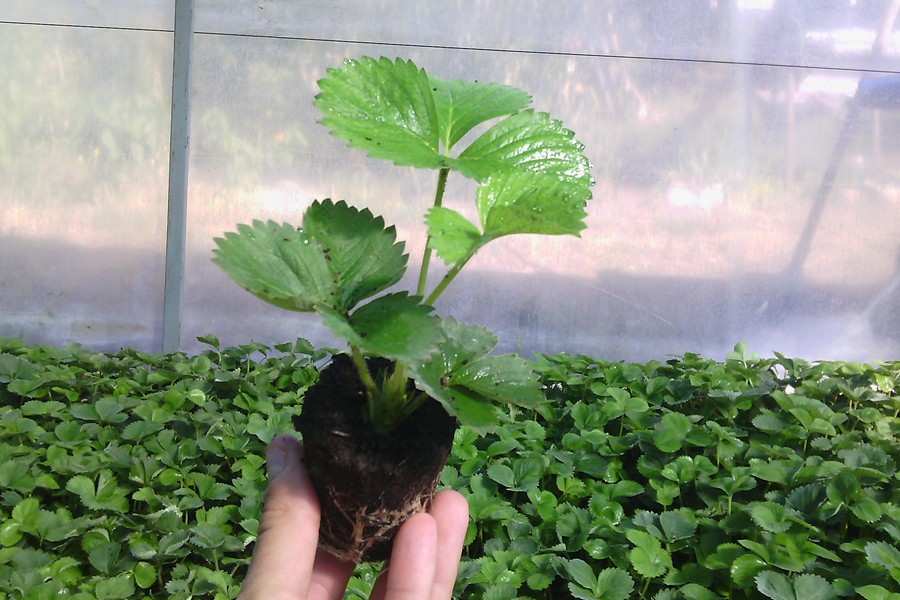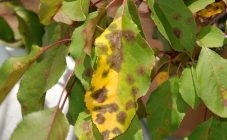Content:
Hibiscus is a genus of plants in the Malvaceae family. Many species and varieties are united under this name. Among the decorative species, the Chinese hibiscus, or, as it is also called, the Chinese rose, is an evergreen long-lived shrub with large flowers.
Brief description of culture
Since the plant is very sensitive to low temperatures, it is more often grown in greenhouses and greenhouses than outdoors. The preferred temperature for him is about 25-30 degrees in summer and 10-12 in winter. If the summer is not warm enough, flowers will not appear on the plant. The flowering period of the Chinese rose is quite long - from the very beginning of spring to mid-autumn.
In height, hibiscus can reach two to three meters. Its life span is about 20 years.
Why do hibiscus leaves turn yellow
There may be several reasons.
- Lack of moisture.
Yellowing of leaves can be caused by drying out the soil and drying out of the leaves due to dry air. To avoid this, it is necessary to adjust the amount of water and the frequency of watering depending on weather conditions, soil conditions and the plant itself.
In addition, in addition to timely watering, it is recommended to additionally spray the flower with a spray bottle.
- Excess moisture.
The leaves can turn yellow even if the amount of water for irrigation is too much. In the cold season, the amount of water for irrigation should be gradually reduced. Reduce the amount of liquid even if the plant does not have time to absorb it.
- Lack of light.
With a lack of light, the leaves of the plant begin to turn yellow and gradually fall off. This is due to the fact that at low light levels, the shoots do not have time to produce chlorophyll, so some of them die.
If daylight hours are not enough, gardeners use special lamps.
- An overabundance of light.
This problem is less common and is due to the fact that under too intense light in direct sunlight, the Chinese rose can get burns, which are expressed in yellowing and drying of the leaves.
- Change in soil composition.
If the leaves turn yellow and dry out not entirely, but in spots, this may mean increased alkalinity or acidity of the soil.
Acidity can increase as a result of constant inappropriate watering. In this case, the flower is transplanted or preparations and fertilizers are applied to restore the normal state of the soil.
- Lack of nutrients.
With a lack of nutrients, it is customary to feed the plants. However, in the case of growing hibiscus with fertilization, it is necessary to be careful and feed in several stages, carefully controlling the amount of applied substances, otherwise the hibiscus will begin to wither.
- Diseases.
The most dangerous disease for this flower is chlorosis - not infectious, arising from hard water, or infectious, provoked by microorganisms.
If the first type of chlorosis can be avoided by watering the bush with exclusively settled water, as well as simply transplanting it, then it is more difficult to deal with the second type - this requires full treatment. It should be remembered that the infection can progress further, to other plants.
- Pests.
They are struggling with them, prophylactically treating the Chinese rose with special preparations. Of the pests, the most common are aphids, spider mites, scale insects, and stem gall midge, which settle in the buds of the plant.
Thus, the reasons why hibiscus leaves turn yellow, as a rule, lie in the wrong choice of a place for the seedling or improper care. External, gardener-independent causes of leaf yellowing, such as pests or infectious diseases, are much less common.
Disease prevention
The main diseases affecting hibiscus arise due to insufficient levels of chlorophyll production, chlorosis. Leaf diseases can take many forms. So, leaves can:
- turn yellow entirely;
- turn yellow with spots;
- fade;
- fall off;
- fall off along with inflorescences;
- curl up (due to aphid infestation).
In the case of hibiscus, the main prevention is to provide proper conditions for the growth and development of the bush, such as:
- timely and not excessive watering;
- settled and not hard water;
- adequate, but not aggressive lighting;
- stable level of air temperature;
- top dressing;
- regular treatment of the shrub with anti-pest drugs.
Methods for restoring normal plant life
Having figured out why the leaves of hibiscus turn yellow and fall off, you can proceed to recovery methods. What can be done with a plant and how to treat it. After all, every flower lover does not want to throw out a beautiful and unusual flower at all.
The main thing that needs to be done in the first place is to determine the exact reason why the leaves turned yellow. Lack or excess of water, improper lighting, pests or diseases - the method of treatment depends on the root cause.
Having determined the cause, before proceeding with the treatment, it is necessary to remove the damaged parts - dried or curled leaves, dried branches, rotting roots.
The easiest way to help a plant is when the problem lies in improper care of it or in the wrong location on the site: then it is enough to return to proper care of the shrub to allow it to gradually recover.
For this:
- Adjust the amount of watering, making sure that the hibiscus does not dry out.
- Check the condition of the soil.
- Sprayed daily so that the leaves receive the necessary moisture.
- The shrub is transplanted or transferred to another place - lighter or darker, depending on the state of the leaves.
- Fertilizers are applied if necessary.
However, with getting rid of pests and the diseases they cause, the situation is somewhat different. It is necessary to treat the plant with special preparations not only for treatment, but also two or three times a year - as a preventive measure.
Of the pests, the following are most often found: spider mites, aphids, whiteflies, scale insects and false scales.
In most cases, treating pests with soapy water (10 grams of soap per 1 liter of water) will help.
But there are also more effective means:
- in case of aphid infection, treatment with Fitoverm, Decis, Anabazin or soap solution helps;
- from scale insects - spraying with Akteplik or any other insecticides;
- when infected with a spider mite, soap solution or drugs such as Akarin and Fitoverm helps;
- when infected with gall midge, the collection of already infected buds helps;
- when infected with a worm, the leaves must be treated with mineral oil.
In addition, it will not be superfluous to treat the soil with medicine for soil pests.
If hibiscus sheds leaves: what to do
When hibiscus sheds its leaves, what should be done in this case? Earlier it was said that leaf fall is one of the variants of a shrub disease, therefore, in some cases, the disease will have the same reasons as the yellowing of the leaves, that is:
- flowering, that is, preparing the plant for the winter period;
- problems with watering and lighting, that is, failure of the first and / or second;
- spider mite infection;
- sunburn;
- low temperatures.
Accordingly, the methods of treatment will be similar. However, there are additions. So, when the leaves fall, it is necessary to check the condition of the plant's root system - if the roots are dry or rotten, they must be cut off, and the plant must be transplanted into a new pot or to a new site, in the event that the shrub is planted in open ground.
Yellowed leaves are not the biggest problem. Even a novice flower lover will be able to revive the plant if he follows the recommendations of experienced flower growers.

